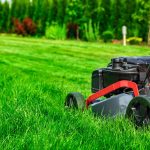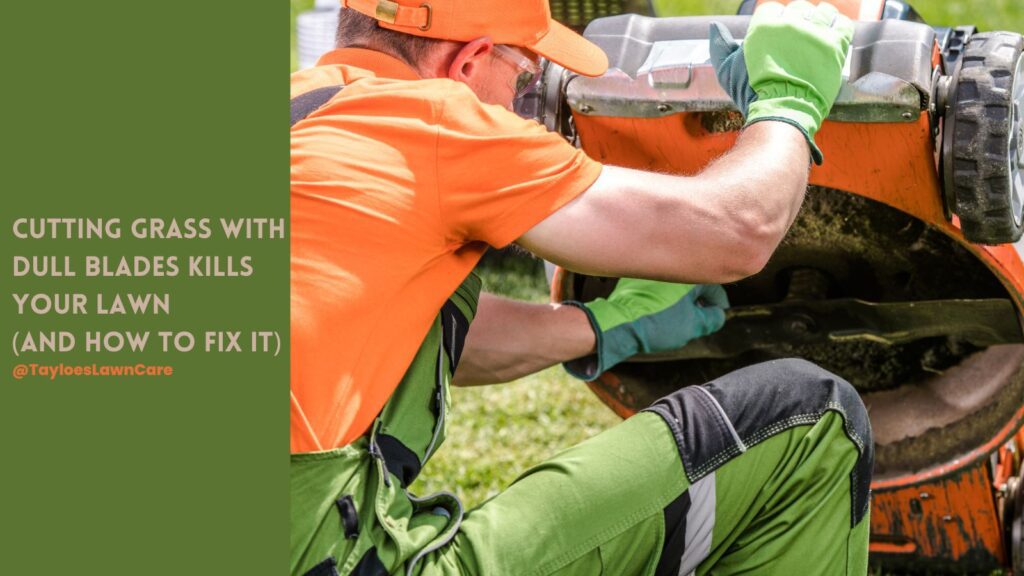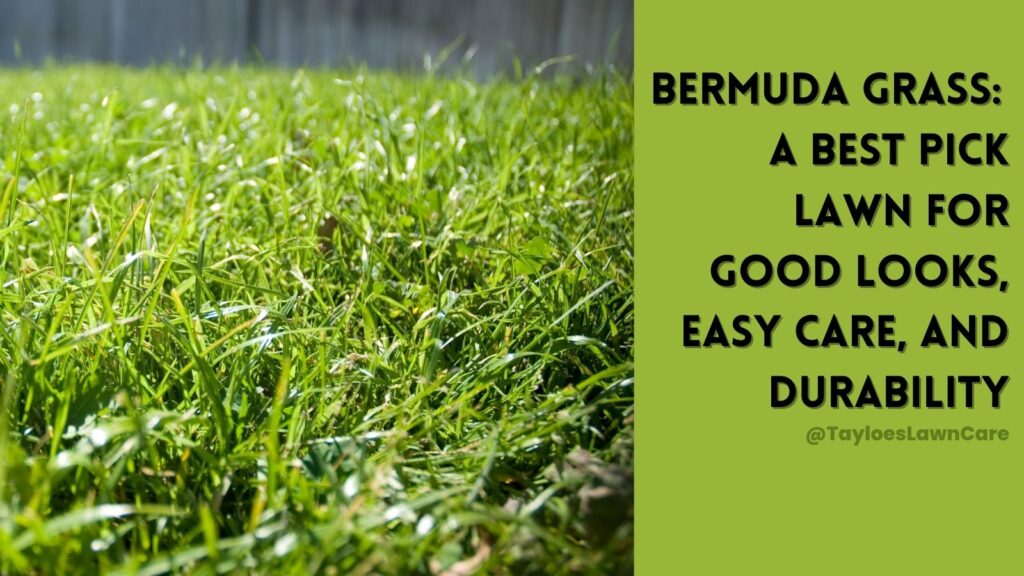Last Updated on: 30th October 2023, 11:19 am
Overseeding can give you beautiful results.
Enjoying a lush, green lawn is a goal for many homeowners, and overseeding is a practice that can help achieve that. However, this practice is not a one-size-fits-all solution. Timing and process play a crucial role in success when you overseed your grass.
In this blog post, we’ll explore the benefits of overseeding, the ideal timing for this lawn care practice, and the steps to get your lawn looking its best.
The Benefits of Overseeding
- Thicker Turf Between the Toes: When you opt for overseeding, you’re essentially sowing the seeds of a thicker, more robust turf. By introducing fresh grass seeds to your existing lawn, you encourage new growth that fills in those unsightly bare spots and irregular patches. The result? A luxuriously dense and carpet-like expanse of grass that blankets your yard with lushness. Say goodbye to those barren areas and revel in the satisfaction of a more uniform and vibrant lawn.
- Improved Lawn Health Provides a Natural Defense Mechanism: The benefits of overseeding extend beyond mere aesthetics. When those young grass shoots begin to sprout, they bring a wave of improved lawn health. This fresh growth is a natural defense mechanism against many challenges that lawns face. The increased grass density bolsters your lawn’s resilience against pesky pests, insidious diseases, and the rigors of changing seasons. It’s like giving your lawn a boost of vitality, ensuring it can stand firm against whatever Mother Nature throws at it.
- Enhanced Appearance of the Lawn: Picture your outdoor space transformed into a verdant oasis. An overseeded lawn doesn’t just look greener; it radiates vibrancy and charm. It’s the inviting canvas that beckons you to step outside and bask in the beauty of nature. As sunlight dances on the thick grass carpet, your yard becomes a more inviting place for gatherings, relaxation, and play. Whether you’re hosting a barbecue or simply enjoying a quiet afternoon, a well-overseeded lawn sets the stage for countless memorable moments in your outdoor haven.

When to Overseed
The timing of overseeding is critical for success. The ideal time to overseed your lawn depends on your location and the type of grass you have. Here are some general guidelines:
- Fall: For cool-season grasses like fescue and ryegrass, fall is the best time to overseed. The soil is warm, and there’s usually ample rainfall, providing the perfect conditions for germination and establishment.
- Spring: If you have warm-season grasses like Bermuda or Zoysia, overseeding in late spring can be effective. Wait until soil temperatures consistently reach around 65-70°F (18-21°C) for optimal results.
Whether you choose springtime or fall, proper preparation is critical. Mow your existing grass shorter than usual and remove any thatch to ensure good seed-to-soil contact.
Steps to Overseed Your Lawn Successfully
- Select the Right Seed: Choose a grass seed variety that matches your existing lawn or suits your climate and soil conditions.
- Prepare the Soil: Loosen the topsoil with a rake and remove debris. This step helps the seeds make direct contact with the soil.
- Seed Application: Spread the grass seed evenly across your lawn. Use a broadcast spreader for larger areas or sow by hand for smaller sections.
- Fertilize: Apply a starter fertilizer to provide essential nutrients for seedlings.
- Watering: Keep the seeded area consistently moist until the new grass emerges, typically for two in eastern North Carolina to four weeks.
- Maintenance: Continue regular lawn care practices like mowing and watering as needed to support healthy growth.
Caring for Your Lawn After You Overseed It
Congratulations on successfully overseeding your lawn! Now, to ensure your efforts yield the lush and vibrant results you desire, it’s essential to follow a post-overseeding lawn care schedule. This structured plan includes various tasks such as watering, mowing, and fertilizing, each contributing to the long-term health and beauty of your newly overseeded lawn. Let’s dive into the details:
1 – Watering Wisely
Proper watering is critical during the initial stages of overseeding as it helps the new grass seeds establish firm roots.
How to Water Properly:
- Frequent Light Watering: For the first two weeks after overseeding, aim for light and frequent watering. This keeps the soil consistently moist without saturating it.
- Morning Watering: Water in the early morning to reduce the disease risk and allow the grass to dry before evening.
- Adjust as Needed: Monitor the moisture levels in the soil. If the surface starts to dry out, increase the watering frequency slightly.
2 – Mowing with Care
Proper mowing practices help maintain the health and vigor of your overseeded lawn.
How to Cut Freshly Seeded Lawngrass:
- Wait for Growth: Avoid mowing until the new grass grows to a height of about three inches. This allows the seedlings to establish.
- Mow High: Set your mower blade to a higher setting to avoid cutting more than one-third of the grass blade at once.
- Use a Sharp Blade: Ensure your mower blade is sharp to create clean cuts and prevent stress on the grass.
3 – Fertilizing for Nourishment
After overseeding, your lawn needs a nutrient boost to support healthy growth.
How to Apply the Correct Fertilizer
- Starter Fertilizer: Apply a starter fertilizer when you overseed or within a few weeks after overseeding. Look for a product with a balanced N-P-K ratio, such as 10-10-10.
- Follow-Up Fertilization: Continue with a regular fertilization schedule throughout the growing season, following the recommendations for your grass type.
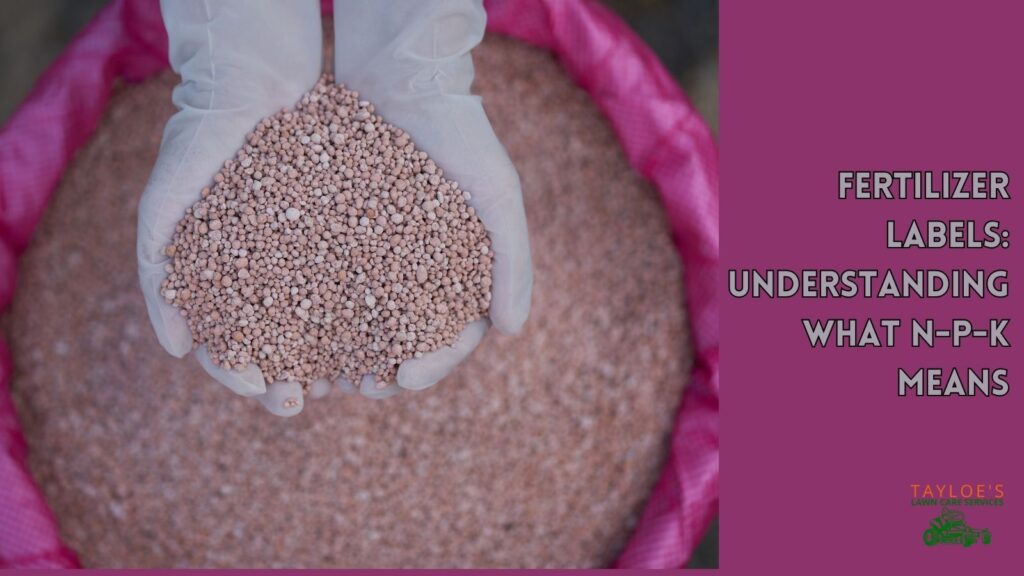
4 – Weed Control
Weeds can compete with the new grass for nutrients and space, so it’s essential to keep them in check.
How to Control Weeds:
- Hand Pulling: Regularly inspect your lawn for weeds and manually remove them as they appear.
- Selective Herbicides: Consider using selective herbicides designed to target specific weed types while sparing grass.
5 – Regular Monitoring
Keep a watchful eye on your overseeded lawn to ensure it’s progressing as expected.
How to Keep an Eye on the Progress of Your Lawn:
- Observation: Periodically inspect your lawn for signs of growth, disease, or any issues that may arise.
- Adjust as Necessary: If you notice any problems, such as uneven growth or pest infestations, take timely action to address them.
By following this comprehensive post-overseeding lawn care schedule, you’ll give your newly overseeded lawn the best chance to flourish and become the lush, green paradise you’ve envisioned. Remember that patience and consistent care are vital to achieving desired results.
5 Common Mistakes to Avoid When You Overseed
Overseeding your lawn can be a rewarding endeavor. Still, it’s essential to be aware of common mistakes that can hinder your success. By steering clear of these pitfalls, you’ll pave the way for a more fruitful overseeding experience. Let’s explore these potential blunders and how to avoid them:
1 – Overseeding Too Heavily
One of the most prevalent mistakes in overseeding is applying too many grass seeds. While it might seem like a faster path to a thicker lawn, overcrowding can lead to poor germination, resource competition, and weak growth.
How to Avoid Overwatering Your New Grass:
- Follow Seed Recommendations: Use the recommended seeding rates provided on the grass seed packaging or consult with a local expert for guidance.
- Proper Spacing: Ensure even distribution of seeds to prevent overcrowding. A broadcast spreader can help achieve uniform coverage.
2 – Neglecting Proper Soil Preparation
Inadequate soil preparation can hinder seed-to-soil contact and impede germination. Without a suitable environment, your grass seeds may struggle to establish strong roots.
How to Avoid Inadequately Prepared Soil:
- Thoroughly Prepare the Soil: As mentioned earlier, rake the soil surface to break up compacted areas and remove debris. This step enhances seed-soil contact.
- Loosen the Topsoil: Aerating the soil before overseeding promotes better root penetration and improves water absorption.
3 – Choosing the Wrong Grass Seed Variety
Selecting the wrong grass seed variety for your region or existing lawn can result in a lackluster outcome. Different grass species, like all plants, thrive in different climates and conditions.
How to Avoid the Wrong Grass Seed Selection
- Research Grass Types: Determine which grass varieties best suit your climate, soil type, and intended use (e.g., shade-tolerant or drought-resistant).
- Consult Experts: Seek advice from local nurseries or lawn care professionals knowledgeable about grass types that perform well in your area.
4 – Inadequate Watering and Maintenance
After overseeding, improper watering and neglecting maintenance can thwart the growth of your new grass seedlings, leaving you with lackluster results.
How to Avoid Improper Watering:
- Consistent Moisture: Maintain consistent soil moisture by following a watering schedule, especially during the critical germination period.
- Regular Care: Continue mowing and maintaining your lawn as needed, making sure not to stress the young seedlings with heavy mowing or neglect.
By steering clear of these common mistakes and following best practices for overseeding, you’ll set the stage for a more successful and rewarding lawn transformation. Remember that proper planning and care are the keys to achieving the lush, green lawn you desire.
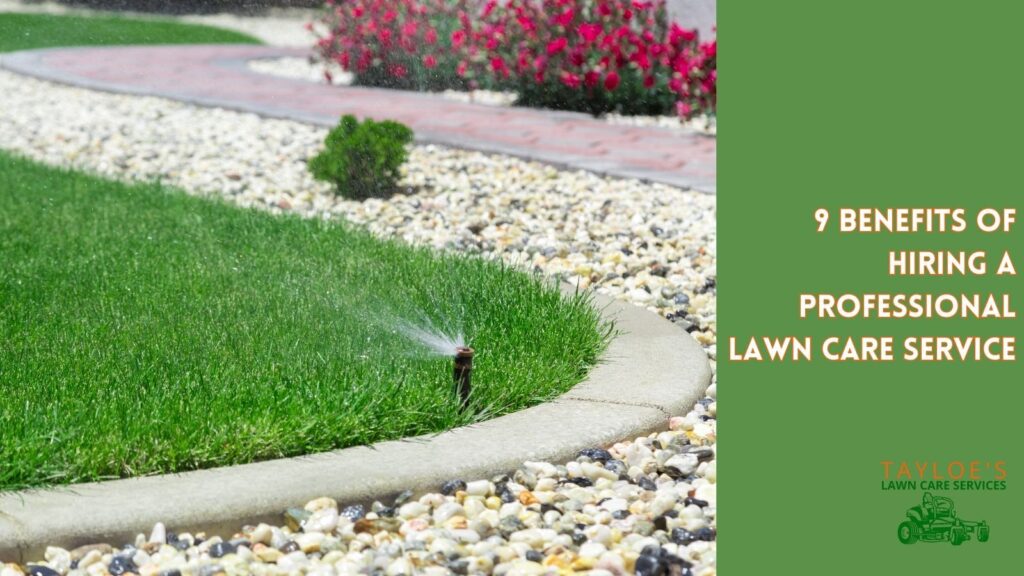
Ready to Overseed for a Beautiful Perfect Lawn?
If you’re ready to transform your lawn with professional overseeding services, our expert team is here to help! We have the knowledge, experience, and equipment needed to overseed your lawn efficiently and effectively.
Don’t wait longer to enjoy a thicker, greener, and more vibrant lawn. Contact Tayloe’s Lawn Care Services today at 252.287.3376 (call or text) or by connecting on Facebook. We will schedule your overseeding service and take the first step toward a stunning outdoor space. Your dream lawn is just a call away!
Author Profile

- Randy Tayloe is the COO of Tayloe's Lawn Care Service, LLC. He is a certified custom applicator, recognized by the North Carolina Department of Agriculture Pesticide Division. A native of Bertie County, NC, and graduate of Bertie High School, he wants to beautify his home county - one yard at a time.
Latest entries
 FaunaOctober 3, 2025Fall decorations that endanger wildlife (and how to avoid the risks)
FaunaOctober 3, 2025Fall decorations that endanger wildlife (and how to avoid the risks) GardeningApril 1, 2025Fountain grasses add colorful foliage and movement
GardeningApril 1, 2025Fountain grasses add colorful foliage and movement GardeningMarch 21, 2025White cloud muhly grass growing guide
GardeningMarch 21, 2025White cloud muhly grass growing guide Lawn CareFebruary 25, 2025Should I mow every week?
Lawn CareFebruary 25, 2025Should I mow every week?




